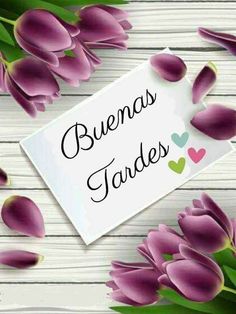Good Afternoon in Spanish; Good afternoon, good evening, and good night. These are the three most common ways to say “good afternoon” in Spanish. They’re all correct, but there are subtle differences between them.
The most formal way to greet someone after 2 p.m. is buenas tardes (bwaynahs tar-dass). This is used by people who want to sound more polite or formal when they say hello or goodbye. It’s used in both formal and informal situations, so it’s more versatile than the other options:
Buenas tardes (to a stranger)
Buenas tardes (to a friend)
There are two other options for saying “good afternoon.” The first is hola (“hello”), which is informal and casual — but not rude — so it’s often used with friends or family members:
Hola (to a stranger)
Hola (to a friend)
The other option is buenos días (“good days”), which is also informal and casual — but not rude — so it’s often used with friends or family members:
Good Afternoon in Spanish

Buenas tardes means “Good Afternoon” in Spanish. This is the greeting that you use when you want to say hello to someone at the end of the day, or when meeting them for the first time. The word tardes can be replaced with mañana (morning) or noche (night).
Buenos días also means “good morning”, but can also mean “good day” or “good afternoon”. It is used as a greeting at any time of day, but it is more common to use buenos días in the morning and buenas tardes in the afternoon or evening.
In this lesson we will learn how to say good afternoon in Spanish:
¡Buenas tardes!
Good Afternoon in Spanish
Good afternoon (after noon). It’s time to say hello to another day.
Buenas tardes. Hola otra vez a otro día.
Good afternoon (in the morning). It’s time to say hello again.
Buenas tardes. Hola de nuevo a otro día.
Good afternoon in Spanish is “buenas tardes” or just “tardes”.
Good afternoon in Spanish is the most common greeting that is used throughout the day. The most common way to respond to this greeting is with the same phrase: “buenas tardes.”
Other common responses include “buenas noches” (good evening), “buenos días” (good morning), and “buenas noches” (good night). If you are unsure of what time it is, you can always ask: ¿Qué hora es? (What time is it?).
It’s important to note that the word tarde means afternoon, not late. For example, if you say, ¿Llego tarde?, it would be like asking if you arrived late.

